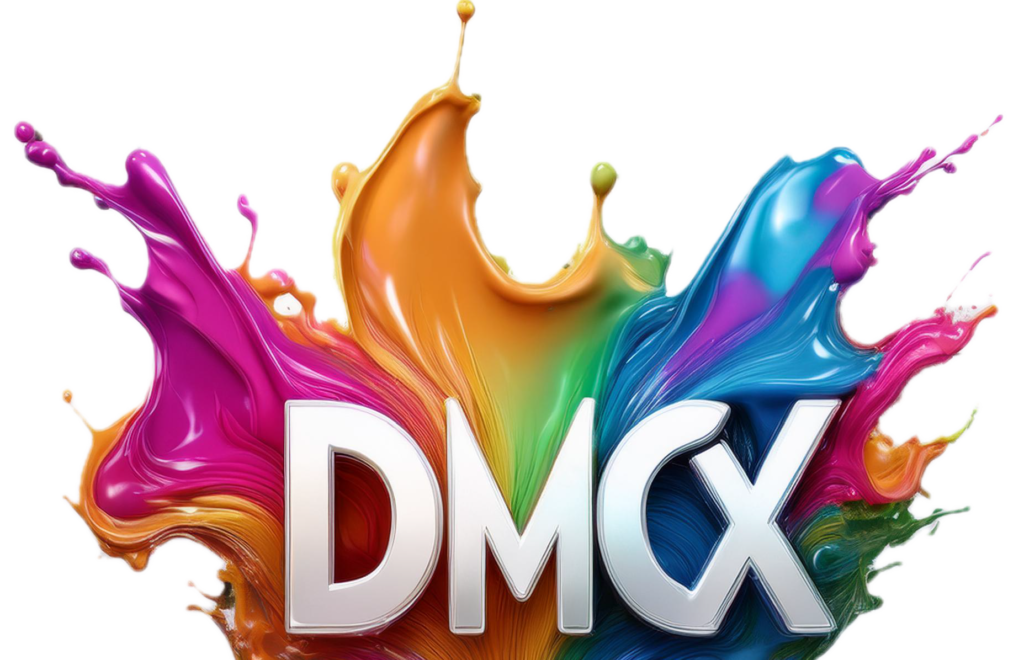Rap and hip hop are two closely related music genres that have become a global cultural phenomenon, captivating audiences across the world. Rooted in African American and Afro-Caribbean communities, these genres emerged in the 1970s in the Bronx, New York City, and have since evolved into a powerful form of artistic expression, encompassing music, dance, fashion, and more. Let’s explore the origins, pioneer artists, and the enduring appeal of rap and hip hop.
Rap music, often used interchangeably with hip hop, is characterized by its rhythmic speech, delivered over a beat or instrumental track. It originated as a form of street poetry, with artists using rhyming words and clever wordplay to express their thoughts, experiences, and social commentary. The roots of rap can be traced back to griots, West African storytellers who passed down oral traditions through rhythmic chants. This tradition was brought to the United States during the era of slavery and evolved over time.
One of the pioneers of rap is DJ Kool Herc, who is widely credited with laying the foundation for the genre. In the early 1970s, Herc developed a technique called “breakbeat,” which involved isolating and repeating the instrumental breaks in funk and soul records, extending them for dancers to showcase their moves. This technique became a cornerstone of hip hop music production.
Another significant figure in the genre’s history is Grandmaster Flash. He revolutionized DJing by introducing new techniques such as backspinning, cutting, and scratching records. These skills elevated the DJ’s role beyond just playing records and contributed to the development of rap music as a distinct art form.
The Sugarhill Gang’s 1979 hit “Rapper’s Delight” is widely regarded as the first rap song to achieve mainstream success. This groundbreaking track brought rap to a wider audience and laid the groundwork for subsequent artists to follow. In the early 1980s, artists like Run-D.M.C., LL Cool J, and Public Enemy emerged, combining rap with rock and introducing a harder-edged sound. Their innovative music and bold lyrical content addressed social and political issues, giving rap music a powerful voice.
Hip hop, as a broader cultural movement, encompasses not only rap music but also elements such as breakdancing, graffiti art, and fashion. It became a platform for marginalized communities to express their struggles, aspirations, and creativity. The genre’s popularity grew rapidly in the 1980s and 1990s, with artists like N.W.A., Tupac Shakur, and The Notorious B.I.G. bringing raw storytelling and authentic experiences to their music. These artists became iconic figures and shaped the direction of rap and hip hop for years to come.
The genre’s appeal lies in its ability to reflect the realities of urban life and resonate with people from diverse backgrounds. It has served as a voice for the voiceless, shedding light on social inequalities, racism, poverty, and other pressing issues. Rap and hip hop have become a means of empowerment, giving marginalized communities a platform to express their experiences and perspectives. Moreover, the infectious beats, innovative production techniques, and catchy hooks have made rap and hip hop music immensely popular across the globe.
In recent years, rap and hip hop have continued to evolve and diversify, with artists like Kendrick Lamar, Drake, and Cardi B pushing the boundaries of the genre. The influence of rap can be seen in various music genres, from pop to rock, as well as in fashion, language, and cultural trends. Its impact on popular culture is undeniable, and its ability to connect with audiences on a profound level has solidified its position as one of the most significant and influential genres in contemporary music.
In conclusion, rap and hip hop music emerged in the 1970s as a form of artistic expression and cultural movement. Pioneers like DJ Kool Herc and Grandmaster Flash laid the foundation for the genre, which has since captivated the world with its rhythmic speech, innovative production, and ability to give a voice to marginalized communities. The enduring appeal of rap and hip hop lies in its authenticity, social commentary, and ability to reflect the realities of urban life. As the genre continues to evolve, its impact on popular culture and its ability to connect with audiences remain as strong as ever.
























